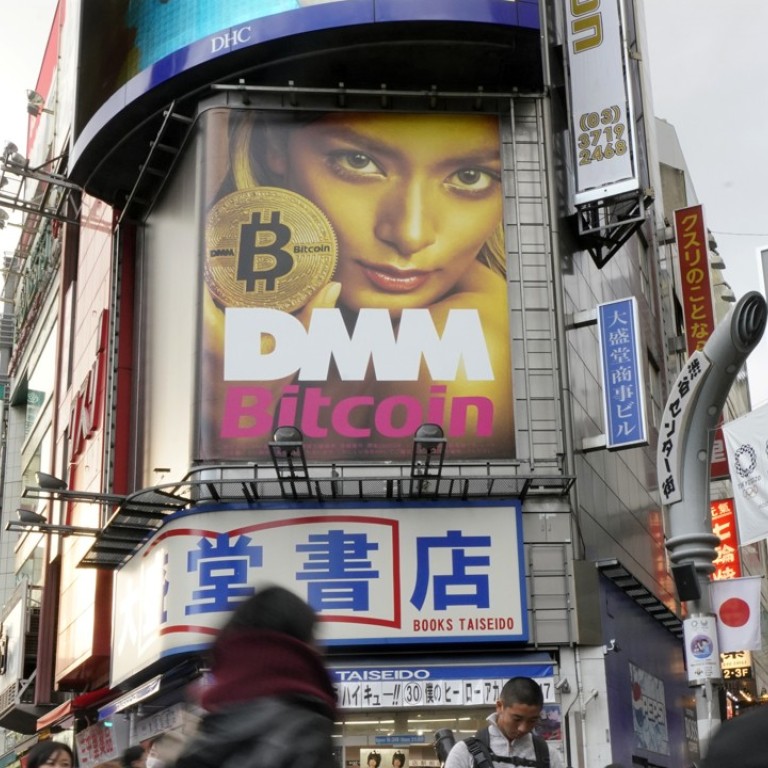
Growing tourism statistics play major part in eight straight quarters of economic growth
‘Abenomics’ seen as reason for growth, and best economic performance since 1989
Japan in February recorded an eighth consecutive quarter of economic growth – its best performance since the heady days of 1989 and the era of the nation’s economic bubble – although the pace of expansion has been slowing.
Nevertheless, citing favourable external demand and climbing private investment, the International Monetary Fund expects Japan’s economy to grow around 1.2 per cent over the course of 2018 and a respectable 0.9 per cent in 2019.
“In truth, the economy has been growing by about double the rate of its potential growth in large part thanks to the effects of ‘Abenomics’,” says Martin Schulz, senior economist with the Fujitsu Research Institute in Tokyo. “While that growth will cool later next year, I would characterise this as normalisation of the growth rather than a contraction.”
The initial push caused by Prime Minister Shinzo Abe’s ambitious economic blueprint, introduced shortly after he assumed the post in December 2012, was the result of monetary policies helping to drive asset and real estate prices.
That has not translated into broader spending by the Japanese public, who remain reluctant to splash out at a time when wage growth has been stagnant and there were residual fears of another global economic crisis, such as the chaos in the aftermath of the collapse of Lehman Brothers in 2008, or a significant event closer to home, like the 2011 earthquake that hit northeast Japan.
Yet, there are several pluses for an economy that continues to bask in the glow of an extended positive business cycle. Government statistics put unemployment at a mere 2.8 per cent in April, the lowest figure since 1994, while record numbers of graduates are walking straight into employment.
Tokyo is also introducing sweeping reforms to the nation’s working habits, forcing companies to limit their employees’ overtime and encouraging firms to increase efficiency and productivity.
The tourism sector has emerged as a major source of economic growth, with statistics showing that a record 29.77 foreign visitors arrived in Japan in 2017, up nearly 20 per cent on the previous year, while spending by overseas tourists in the first three months of this calendar year came to 1.13 trillion yen (US$10.5 billion), up more than 17 per cent and buoyed by Chinese and South Korean travellers.
“The one big area for growth at the moment is tourism, where Japan has a lot of unused potential that can come to the fore in the years ahead, but this is a sector that also helps the regions and not just the cities, which is a terrific boost,” Schulz says.
Jun Okumura, a political analyst at the Meiji Institute for Global Affairs, agrees that “the majority of the world seems to be in a good economic place at the moment” – although he admits there are some challenges looming on the horizon.
US President Donald Trump has appeared bullish on Washington’s economic relations around the globe, including with Japan, although China would appear to be his biggest target.
Any tit-for-tat trade war on specific exports would inevitably have repercussions in associated industries and other nations’ economies, although Okumura says he is optimistic that “wiser heads will whisper in Mr Trump’s ear before we descend into outright confrontation”.
He is less concerned about the impact of other geopolitical issues in the region, such as North Korea, and is optimistic that Japan’s economy will be able to “sail on unimpeded”.
However, Schulz suggests that the positive impact of Abe’s monetary policies will naturally run its course, while exports may also feel the pinch of global trade frictions and protectionism.

